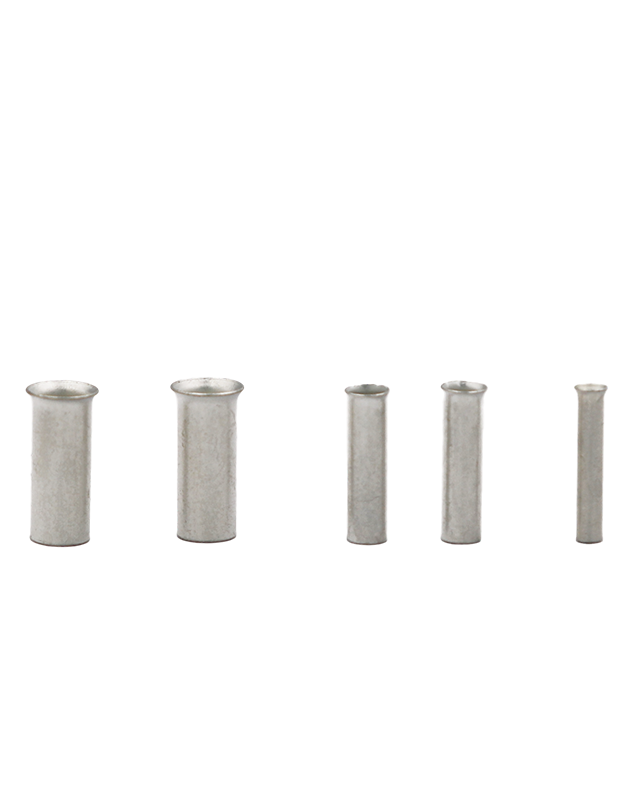

Cord End Terminals, also known as wire ferrules or cabl […]
Cord End Terminals, also known as wire ferrules or cable lugs, are small metal or plastic components used in electrical installations to facilitate secure and reliable electrical connections. They are typically crimped or soldered onto the ends of stranded wires before being inserted into terminal blocks, connectors, or other electrical devices. Cord End Terminals play a crucial role in ensuring proper electrical connections in various applications.
1.Stranded Wire Termination: In electrical installations, stranded wires are commonly used due to their flexibility and ability to carry higher currents. However, these strands can potentially become loose or fray at the ends when connected directly to terminals or connectors. Cord End Terminals are designed with a tubular shape that encloses and compresses the strands when crimped, creating a solid and secure termination point.
2.Improved Contact Area: When a cord end terminal is crimped onto the wire, it forms a solid, cylindrical connection. This enlarged contact area allows for better electrical conductivity and reduces resistance at the connection point. The reduced resistance helps prevent overheating and voltage drop, ensuring efficient electrical flow.
3.Vibration Resistance: Cord End Terminals provide excellent vibration resistance. In applications where equipment or machinery experiences constant movement or vibration, cord end terminals prevent the wire strands from loosening, maintaining a stable connection over time. This feature is particularly valuable in automotive, industrial, and aerospace environments.
4.Avoiding Wire Strand Splaying: Without cord end terminals, the individual wire strands in stranded cables may splay out or fray, leading to unreliable connections and increased risk of short circuits. Cord end terminals neatly gather and secure the wire strands, preventing splaying and ensuring consistent contact with the terminal block or connector.
5.Simplified Wire Insertion: Cord end terminals streamline the wire insertion process, especially in terminal blocks with multiple connection points. The crimped terminals provide a single solid connection point that can be easily inserted into the terminal block, saving time and effort during installation.
6.Enhanced Safety: Properly crimped cord end terminals enhance safety by reducing the risk of electrical shocks, short circuits, and potential equipment damage. The secure connections they create minimize the chance of accidental disconnection, protecting both electrical systems and users.
7.Flexibility in Wire Gauge: Cord end terminals are available in various sizes to accommodate different wire gauges. This versatility ensures compatibility with a wide range of wire sizes, making them suitable for various applications, from household wiring to complex industrial installations.
8.Compliance with Electrical Standards: Cord end terminals are designed and manufactured to meet specific electrical standards, ensuring that they provide reliable and compliant electrical connections. This adherence to standards is crucial in maintaining the overall safety and performance of electrical systems.
Non-Insulated Core End Terminals

You can tick the products you need and communicate with us in the message board.